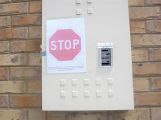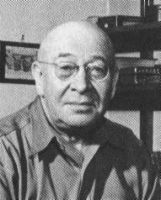
The Climate Change Authority saya the current emissions targets of five per cent isn't good enough. Picture: AFP/Paul Crock
Source: News Limited
THE independent climate change advisory body soon to be abolished by
the Abbott government has recommended Australia increase its 2020
emissions reduction target to at least 15 per cent.
In its draft Targets and Progress Review report released on
Wednesday, the Climate Change Authority (CCA) recommends a significant
increase above the five per cent target currently agreed to by both
major parties.Authority chair Bernie Fraser described a five per cent reduction on 2000 levels as "inadequate on a number of grounds". But the authority has not made a final recommendation on what the 2020 target should be, instead canvassing two options - a 15 per cent reduction and a 25 per cent reduction.
A 15 per cent reduction was considered to be a "minimum option", the authority said.
The coalition government has said it will scrap the CCA as part of its carbon tax repeal legislation.
Mr Fraser said the government's own conditions for moving beyond a five per cent reduction had been met, and that delaying tougher action until after 2020 would require "very rapid reductions'' beyond that period.
Australia played a part in concerted international action to limit the increase in global temperatures to no more than two degrees celsius, he said.
"A five per cent target would leave Australia lagging behind others, including the United States,'' Mr Fraser said.
He said while the authority had not made a final recommendation on what the 2020 target should be, "the five per cent target is not a credible option''.
Meanwhile a new report suggests nearly a third of the world's economic output, some $US44 trillion ($A46.54 trillion), will by 2025 be in countries at the highest risk of climate change effects.
This would represent a 50 per cent increase over today in the share of global GDP in high or extreme risk countries, said an assessment published by British risk consultancy Maplecroft.
Most of these countries are ill-prepared to deal with more severe floods, storms, droughts and sea-level rise likely to result from a warming planet, and the report said much investment is required in flood and other defences to protect infrastructure and assets.
"Adaptive measures ... will, however, require the sustained commitment of governments,'' said a statement from Maplecroft.
The 67 countries at highest risk include economic giants India in 20th place and China at number 61.
Topping the list was Bangladesh, followed by Guinea-Bissau, Sierra Leone, Haiti, South Sudan, Nigeria, the Democratic Republic of Congo, Cambodia, Philippines, Ethiopia, the Central African Republic, Eritrea and Chad.
The United States and much of Europe are in the "low'' risk category - partly because they had more money to spend on adaptation measures.
http://www.news.com.au/national/climate-body-urges-15pc-reduction-target/story-fncynjr2-1226749509795








